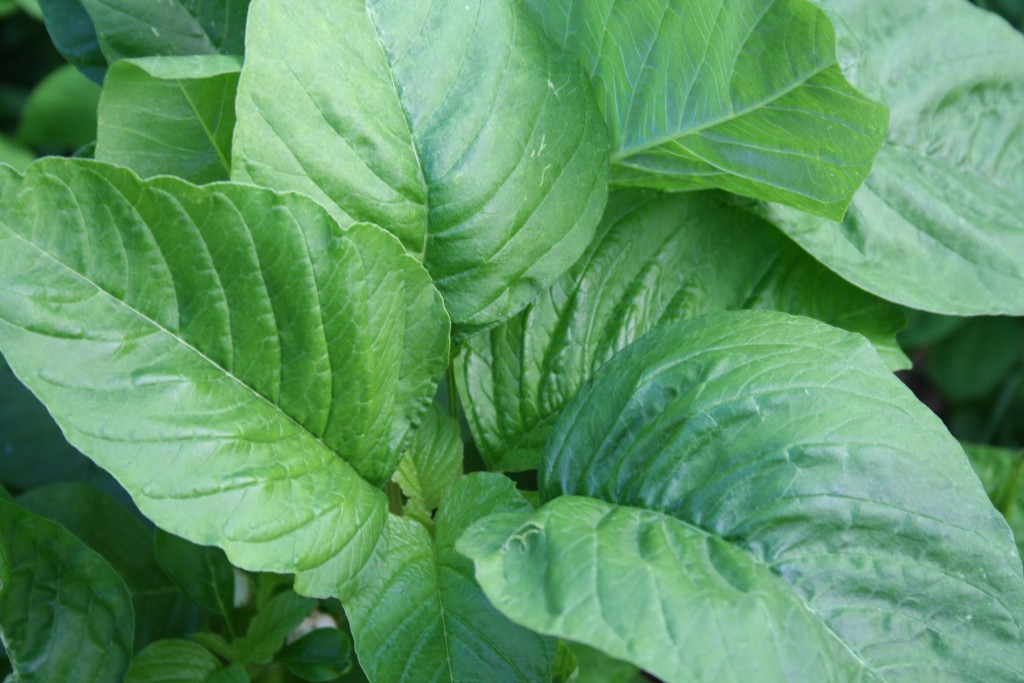Amaranth/Kulitis

Amaranth – Kulitis ( Amaranthus) is considered a very nutritious leaf vegetable in the Philippines. The flowers are also edible and when the seeds are formed, the seeds are ground to make a healthy type of flour or eaten like a breakfast cereal. The seeds of the amaranth is a good source of protein. The leaves of the amaranth/kulitis when cooked is an excellent source of Vitamin A and C. It also provides calcium, manganese and folic acid, a B- vitamin.
I did not really have a first hand knowledge of this nutritious vegetable until I started my garden 16 years ago. I know of this vegetable but I don’t remember eating it. I discovered that this plant grows wild like a weed. A friend of mine from Sri Lanka gave me some seeds. She actually likes to grow them for their seeds. And ever since, I will have some plants of the amaranth here and there so I don’t really need to plant them. They like to do it themselves. I like to gather the leaves to use as a substitute for spinach. The amaranth, ‘kalunay’ in Ilocano, is a favorite vegetable. The young flower spikes are also cooked the same way as the leaves by Ilocanos as “diningding”. This recipe can be compared to a Japanese soup flavored with dashi or bonito shavings, only we used the fish bagoong, a fermented fish condiment for seasoning the vegetables. I think Ilocanos of the Philippines have longer lifespan because they know how to eat all the nutritious vegetables in the land.
There are varieties of amaranth that are considered ornamental. They come in different colors like purples and yellows and even deep red. They are the favorite food plants of some species of butterfly and moth.
The word amaranth came from the Greek-word amaranton meaning “unwilting” so it symbolizes immortality. In being so, the amaranth has been mentioned in some poetry like in Aesop’s fables, a Greek fable comparing a rose to the amaranth illustrating their difference in longevity and fading beauty.
I would also like to add that it would be nice to see amaranth flour be added to the regular flour to enrich the flour that we are using to bake our breads.